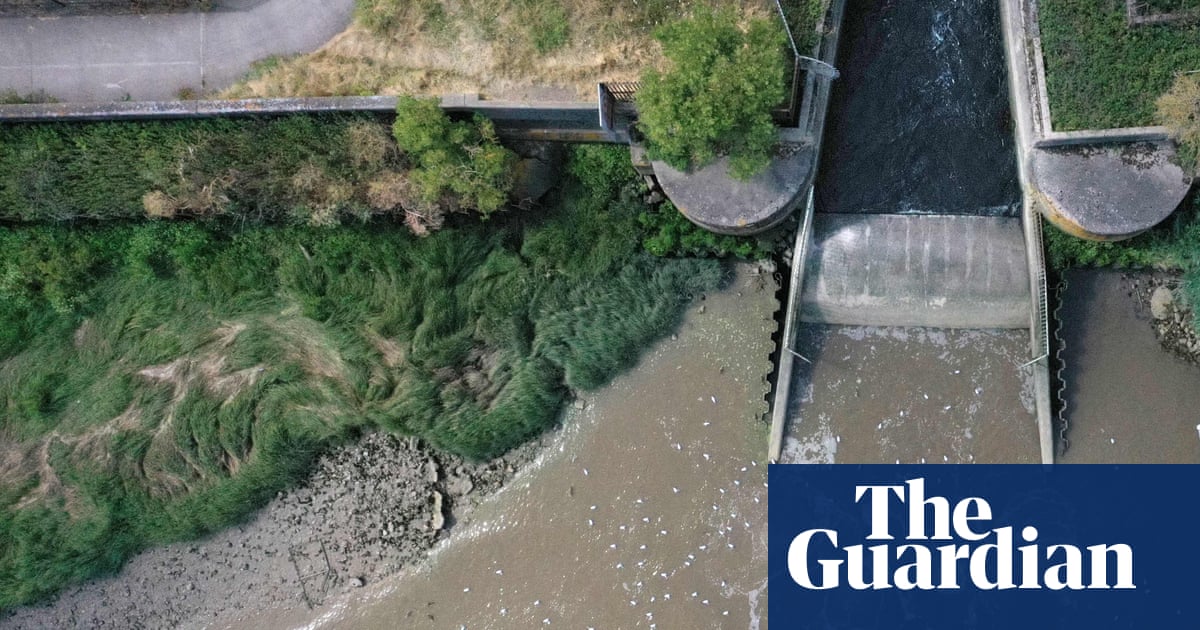More than 4m hours of raw sewage discharges poured into rivers and seas last year, a 129% increase on the previous 12 months, new figures are expected to reveal on Wednesday.
Total discharges from the 14,000 storm overflows owned by English water companies that release untreated sewage into rivers and coastal waters increased by 59% to 477,972, making 2023 the worst year for sewage spills, according to an early estimate of the Environment Agency figures seen by the Guardian.



This is the best summary I could come up with:
More than 4m hours of raw sewage discharges poured into rivers and seas last year, a 129% increase on the previous 12 months, new figures are expected to reveal on Wednesday.
Storm overflows are supposed to be used only in extreme weather but for many years they have been used routinely, discharging raw sewage even on dry days in some cases.
The scale of releases into waterways comes as rivers in England are at crisis point, suffering from a toxic cocktail of raw and treated sewage pollution, chemical toxins and agricultural runoff.
Ofwat is the ultimate arbiter of whether the industry will be allowed to pass the cost directly on to customers as they seek to tackle years of underinvestment and the pressure of extreme weather from climate change.
When the full data from every storm overflow in England is released by the Environment Agency on Wednesday, some rivers and seas are likely to be shown to be suffering hugely from sewage pollution.
Met Office assessments said Storm Babet in the autumn brought the third wettest three-day period on record for England and Wales.
The original article contains 723 words, the summary contains 184 words. Saved 75%. I’m a bot and I’m open source!